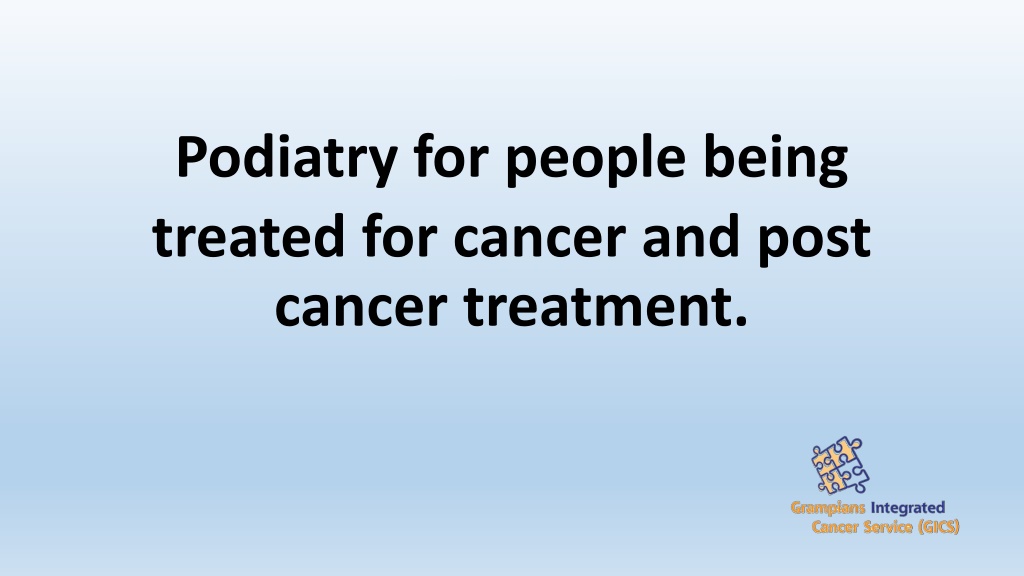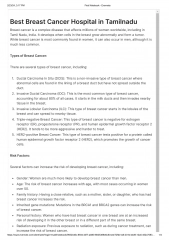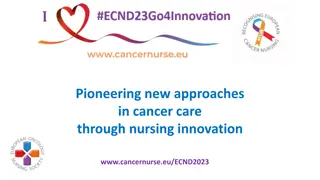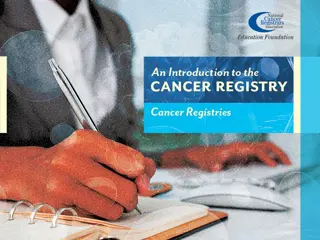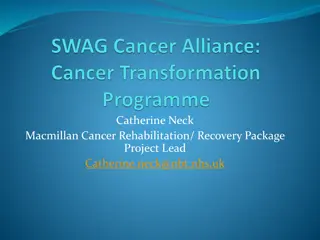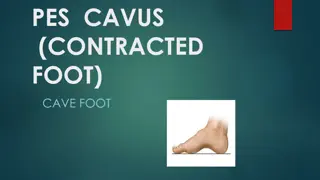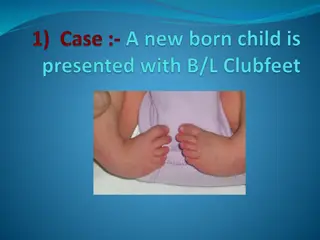Importance of Foot Care in Cancer Treatment
Engaging in exercise has shown to reduce cancer mortality and recurrence rates, with foot care playing a crucial role. Patients undergoing cancer treatment may experience foot problems such as Chemotherapy Induced Peripheral Neuropathy (CIPN), nail changes, and skin issues. Proper foot care is essential for comfort and safety during and post cancer treatment.
Download Presentation

Please find below an Image/Link to download the presentation.
The content on the website is provided AS IS for your information and personal use only. It may not be sold, licensed, or shared on other websites without obtaining consent from the author.If you encounter any issues during the download, it is possible that the publisher has removed the file from their server.
You are allowed to download the files provided on this website for personal or commercial use, subject to the condition that they are used lawfully. All files are the property of their respective owners.
The content on the website is provided AS IS for your information and personal use only. It may not be sold, licensed, or shared on other websites without obtaining consent from the author.
E N D
Presentation Transcript
Podiatry for people being treated for cancer and post cancer treatment.
The role and importance of exercise in cancer The role and importance of exercise in cancer treatment and post cancer treatment treatment and post cancer treatment A recent study1, The Impact of Exercise on Cancer Mortality, Recurrence, and Treatment- Related Adverse Effects, found that: Compared with patients who performed no/less exercise, patients who exercised following a diagnosis of cancer were observed to have a lower relative risk of cancer mortality and recurrence and experienced fewer/less severe adverse effects. 1. P Cormie et al, in Epidemiological Reviews, April 2017.
These findings support the view: that exercise is an important adjunct therapy in the management of cancer.
To engage in exercise one needs comfortable and reliable feet.
Foot problems can be experienced by people having cancer treatment and post cancer treatment.
Commonly seen changes in the feet of clients Commonly seen changes in the feet of clients undergoing chemotherapy undergoing chemotherapy CIPN Chemotherapy induced peripheral neuropathy. Occurs in feet and hands Symptoms can include burning sensation, absence of sensation, pins and needles and sharp pain or ache CIPN may cease when chemotherapy ceases or within 1 year Clients are at increased risk of damage to their feet or falls due to balance issues
Commonly seen changes in the feet of clients Commonly seen changes in the feet of clients under going chemotherapy under going chemotherapy Patients are often concerned about nail changes these can be painful as well as distressing. Changes include paronychia ( inflamed nail edges), nail infections, blood blisters underneath the nails, onycholysis (nails spontaneously fall off), discoloration of nails and ridging. Skin can be affected Very dry, peeling, fissures, blisters. Oedema feet become enlarged and foot wear does not fit correctly causing damage if continued to be worn
What can Podiatry provide to support clients What can Podiatry provide to support clients with Chemo induced changes in their feet? with Chemo induced changes in their feet? The role of podiatry is to ensure the side effects of the treatment which affect the feet are minimised and to enhance foot health and comfort. Proper assessment and management will result in the best outcomes for the client. Education regarding CIPN falls risk, damage to feet through inappropriate or poorly fitting footwear. Nail changes treatment for loose nails, infections around nails and education regarding ridging and discolouration. Education and treatment for skin changes.
Barriers to Activity Barriers to Activity Chemo-induced changes in feet can negatively influence ability to engage in activity for these clients and add to distress. Early podiatry interventions can overcome these barriers with treatments for painful issues, prevention of further complications and foot wear education to improve comfort. Correct assessment and interventions early may improve clients well being during treatment, enabling them to remain active.
Victorian Cancer Survivorship Program Victorian Cancer Survivorship Program Capacity Building Project Capacity Building Project Grampians Integrated Cancer Service (GICS) was successful in gaining funding for capacity building for cancer survivors over 70 to improve their experience and outcomes in the Grampians region. One of the project s initiatives is: the development of a podiatry and cancer care resource package for podiatrists, health professionals and consumers.
Thankyou Thankyou Bianca Jones Podiatrist | Primary & Preventative Health West Wimmera Health Service & Eliz Rhook Podiatrist/ Allied Health Coordinator Hepburn Health Service
